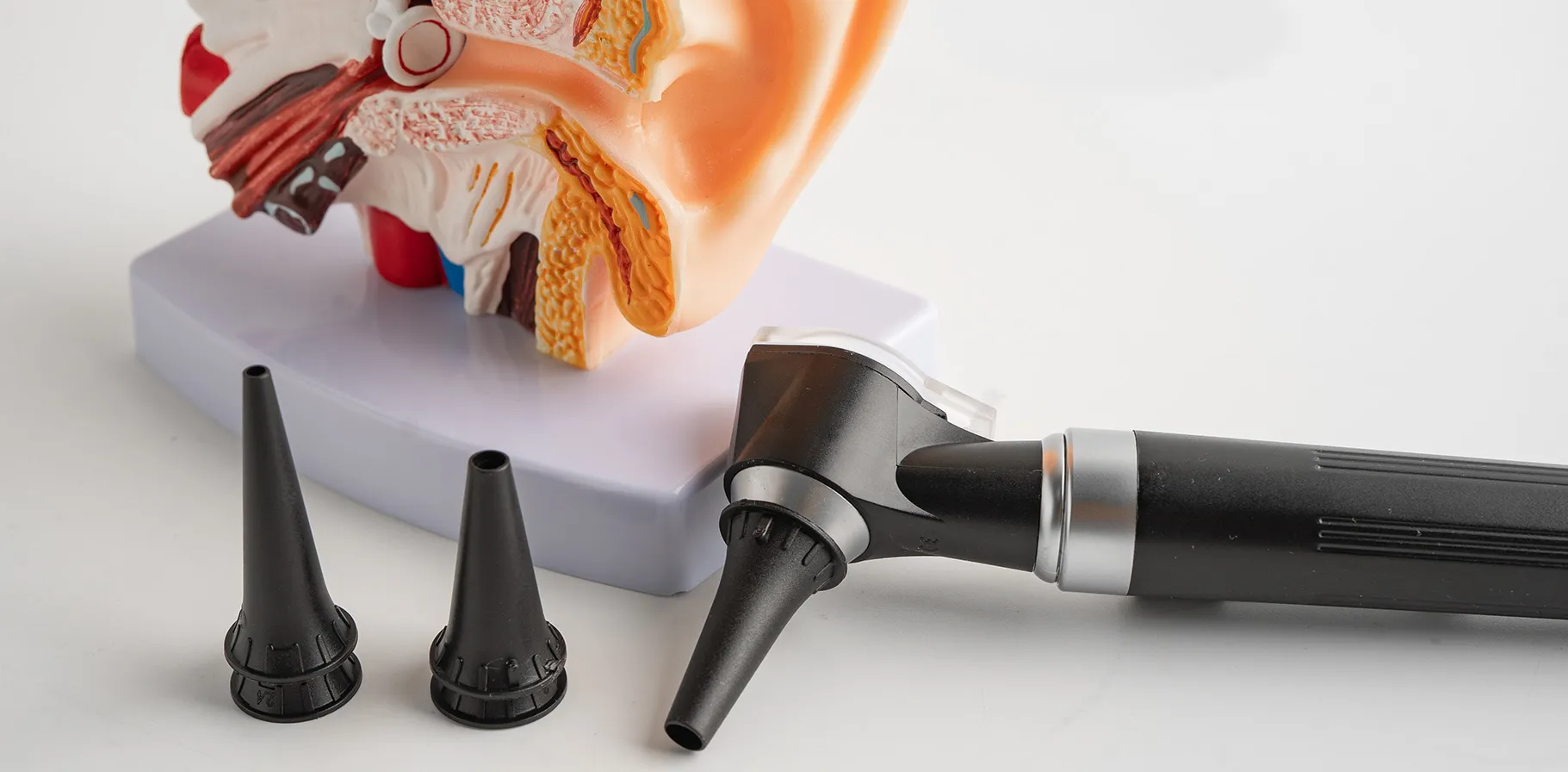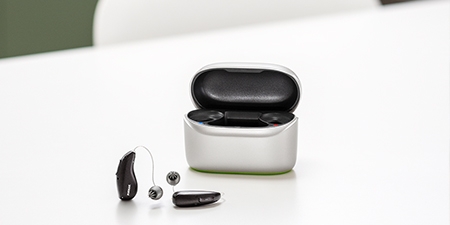Tympanometry: Everything You Need to Know

Tympanometry: Everything You Need to Know
15 min
Published September 23, 2025
If you are looking to learn about tympanometry, you have come to the right place. In this article, you will learn everything you need to know about this testing method frequently performed by audiologists.
What is Tympanometry?
Tympanometry is a medical examination that doctors use to test the condition of the middle ear and the mobility of the eardrum, tympanic membrane, and conduction bones by creating a variation in air pressure in the ear canal.
Tympanometry is a pain-free and objective testing method that is most commonly used to detect middle ear effusion (OME) and give physicians an idea of the middle ear's function. The test is an excellent tool because it provides information about tympanic membrane compliance. To understand what the term tympanic membrane compliance means, let's first define tympanic membrane.
What is the Tympanic Membrane?
The tympanic membrane, also known as the tympanum or the eardrum, is a thin, three-layered, semitransparent membrane that separates the middle ear from the outer ear. The eardrum is a critical part of the organ of hearing that vibrates in response to sound waves. When sound waves reach the tympanic membrane, they cause it to vibrate. When this occurs, the vibrations then transfer to the tiny bones in the middle ear.
What is Tympanometry Most Commonly Used For?
As mentioned above, hearing specialists most often perform tympanometry to detect middle ear effusion (OME). What is OME? It may be a complication of acute otitis media (AOM) or a stand-alone condition that shows up with no sign of an ear infection. For some, OME causes no symptoms; for others, it may cause hearing loss or balance trouble. Regardless, it is critical to get to the bottom of the problem.
Generally, if you have been experiencing OME for less than three months with no symptoms, physicians recommend getting rechecked in about four to six weeks to ensure the effusion has resolved.
However, you should not wait that long to get your child re-examined, especially if your child is young and at high risk of suffering a language or developmental delay.
If the effusion persists for longer than three months, you should request that your doctor examines your hearing with audiometry to measure the sensitivity and range of your hearing. The chart or graph displaying the results of your hearing test is called an audiogram. It is a good sign if the results come back normal for at least one of your ears.
What is acute otitis media (AOM)?
Acute otitis media (AOM or acute middle ear infection) is another reason why your hearing specialist may perform a tympanometry test. In addition to the hallmark signs of ear infection such as fever, ear pain, irritability, vomiting, or otorrhea, a tympanogram will likely show a bulging tympanic membrane with reduced mobility. Doctors commonly prescribe antibiotics to treat AOM.
How Does the Tympanometry Test Work?
Despite what many believe, a tympanometry test is not a hearing test; instead, its purpose is to measure the energy transmission through the middle ear. In other words, the tympanometer measures the "admittance" or "compliance" of the eardrum under different pressures applied to the outer ear canal.
First, the audiologist inserts a soft plastic probe into your outer ear canal to get an airtight seal. Usually, the probe comes with different-sized probe tips to ensure a tight seal at the entrance to the outer ear canal. Once the probe is in place, the tympanometer begins measuring the flow of sound energy into the middle ear as the air pressure changes. The doctor can identify the maximum sound energy transmission through the tympanic membrane when the air pressure is equal on both sides of an intact eardrum. The peak pressure is where the sound energy flow is the highest on the tympanogram.
The results of the test can look very different from one person to another. For example, if your middle ear is filled with fluid, the sound will reflect back to the probe because your eardrum will be stiff. An air-filled middle ear space, on the other hand, will cause the energy to get absorbed by the eardrum, ossicles, and structures of the inner ear.
For someone with eustachian tube dysfunction, the peak occurs in the negative pressure range on the recording. For someone with middle ear effusion, the sound energy flow into the middle ear drops, which produces a flat tympanogram.
What Causes a Flat Tympanogram?
Multiple underlying issues can yield a flat tympanogram. Here are some of the most common reasons
- OME (otitis media with effusion)
- perforated eardrum
- tympanometry probe blocking the canal
- debris or foreign body blocking the ear canal
- cerumen impaction
Keep in mind that a flat tympanogram usually indicates a certain degree of hearing loss. For instance, you can expect to experience a 20- to 30-dB conductive hearing loss due to middle ear effusion.
Are There Any Limitations to the Test?
Your doctor will decide whether tympanometry is the appropriate test for you. Age can be a limiting factor, as young children may not be able to stay still for the entire duration of the exam. Some tympanometers are not appropriate for babies under six months old.
In addition, cerumen impaction can also render the test useless. Another possible limitation of this test is that it cannot differentiate between acute otitis media and otitis media with effusion.
Overall, however, tympanometry is a relatively simple procedure that causes little to no discomfort to most patients and offers critical insight into the function of your eardrum.




